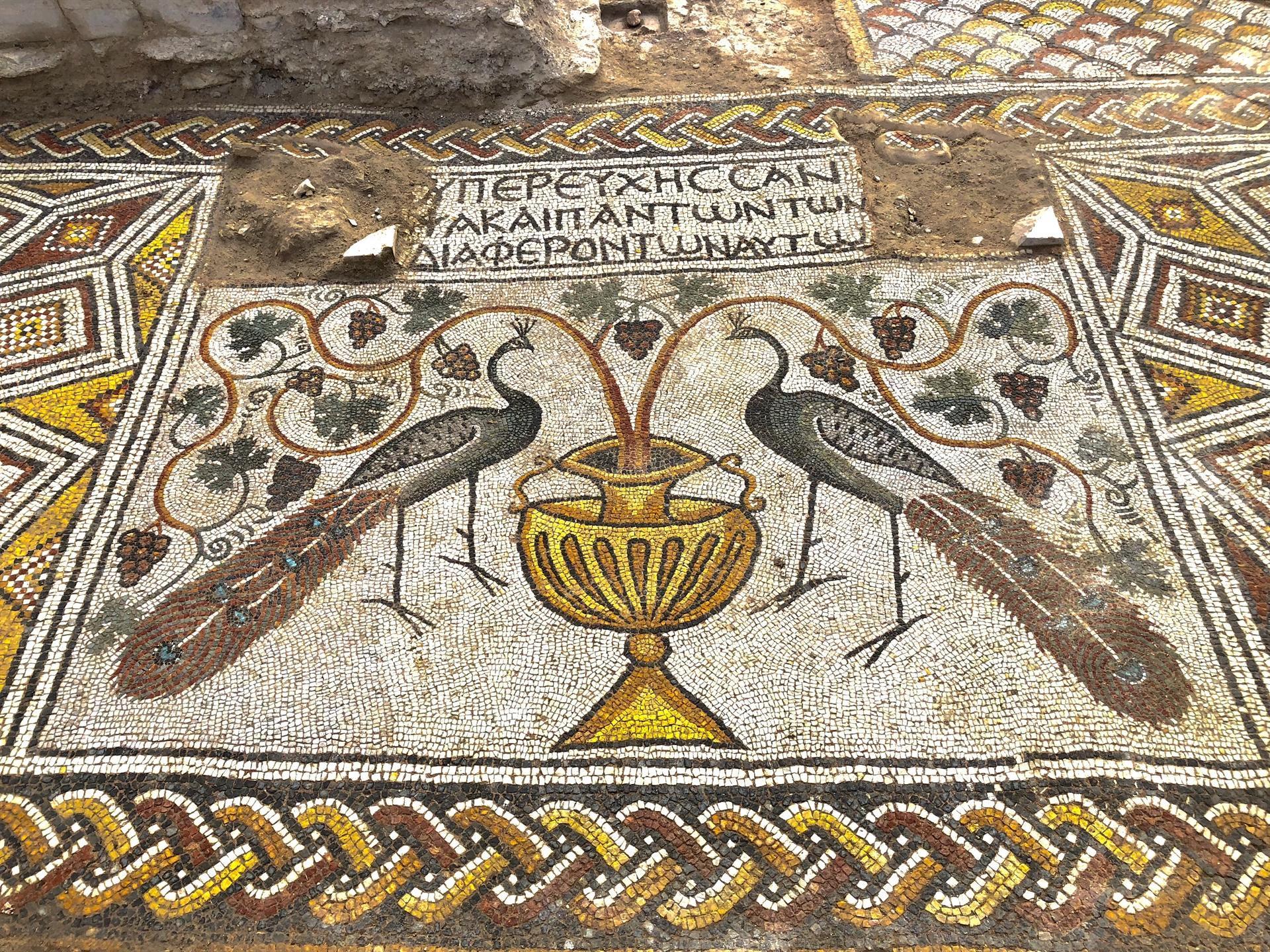
Little is known about why thousands of years ago many residents of the ancient city of Hadrianapolis, located in the modern day Eskipazar district of the Black Sea province of Karabük, abandoned the settlement.
But officials have rolled up their sleeves to investigate the reasons behind the departure.
İbrahim Şahin, the culture and tourism director of Karabük, and Ersin Çelikbaş, an academic at Karabük University’s archaeology department, have recently carried out examinations at the site.
According to Çelikbaş, Hadrianapolis witnessed a sudden evacuation in the 7th century.
“This year’s excavations revealed that there was a sudden evacuation in the ancient city. We are trying to find out the reason — whether an earthquake happened, an invasion occurred or a big fire broke out. But we can certainly say that life here ended in the 7th century. There was not even a single person in the ancient city. Now, we will investigate the reason. At first, we will study the disasters that happened during those times and then political and social events that might have happened,” he said.
“We hope to obtain clear results until next year,” he added.
The officials also conducted examinations of a 500-year-old structure in the ancient city. The structure, unearthed during excavations, is believed to be one of the oldest churches in Anatolia.
Speaking to journalists, Çelikbaş said mosaics uncovered in the church dated back to the 5th century A.D.
He stressed the mosaics had not been destroyed.
“We found very important figures on the mosaics. We found a panel with one bull figure, one lion figure and two peacocks. When we look at similar examples of these figures in Anatolia, the most complete example is the mosaic that we found in Hadrianapolis this year. We think that the church was dedicated to Roman emperors,” he added.
Çelikbaş said Hadrianapolis is a “haven of mosaics.”
“It is a very important ancient city and a ‘mosaic haven,’ because Hadrianapolis is known mostly for its mosaics. We can say that it is the most important city in the western Black Sea region. It was the center of eparchy in the ancient ages. Notable religious functionaries lived here. This year’s works unearthed many small findings from the 6th century. We are about to get more important results in our works. We are about to solve the mystery in the ancient city. We will announce these results with more concrete findings in the coming years and we believe that these results will draw the world’s interest to this place,” he added.
About Hadrianapolis
Hadrianapolis had settlements in the late Hellenistic, Roman and early Byzantine periods. Archaeological surface surveys have uncovered 14 public buildings and other structures in the ancient city.
Among these public buildings are two baths, two churches, a defense structure, rock tombs, a theater, an arched and domed structure, a monumental cultic niche, walls, a villa, other monumental buildings and some religious buildings.
The church floors are decorated with mosaics and have images of the rivers of Geon, Phison, Tigris and Euphrates imprinted on them, which are mentioned in the Bible. Various animals are also depicted in the mosaics of the ancient city, which has been likened to the ancient city of Zeugma.
Excavation works in Hadrianapolis started in 2003 and have been continuing with intervals.